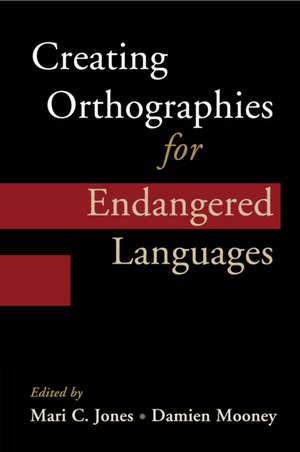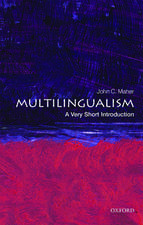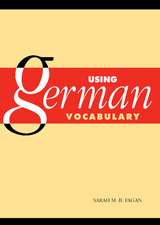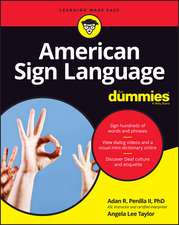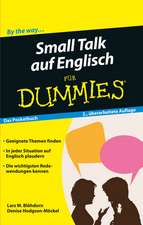Creating Orthographies for Endangered Languages
Editat de Mari C. Jones, Damien Mooneyen Limba Engleză Paperback – apr 2020
| Toate formatele și edițiile | Preț | Express |
|---|---|---|
| Paperback (1) | 288.04 lei 6-8 săpt. | |
| Cambridge University Press – apr 2020 | 288.04 lei 6-8 săpt. | |
| Hardback (1) | 575.30 lei 6-8 săpt. | |
| Cambridge University Press – 30 aug 2017 | 575.30 lei 6-8 săpt. |
Preț: 288.04 lei
Nou
Puncte Express: 432
Preț estimativ în valută:
55.12€ • 56.95$ • 45.88£
55.12€ • 56.95$ • 45.88£
Carte tipărită la comandă
Livrare economică 26 martie-09 aprilie
Preluare comenzi: 021 569.72.76
Specificații
ISBN-13: 9781316602584
ISBN-10: 1316602583
Pagini: 343
Dimensiuni: 230 x 150 x 20 mm
Greutate: 0.46 kg
Editura: Cambridge University Press
Colecția Cambridge University Press
Locul publicării:Cambridge, United Kingdom
ISBN-10: 1316602583
Pagini: 343
Dimensiuni: 230 x 150 x 20 mm
Greutate: 0.46 kg
Editura: Cambridge University Press
Colecția Cambridge University Press
Locul publicării:Cambridge, United Kingdom
Cuprins
1. Introduction Mari C. Jones and Damien Mooney; 2. Who owns vernacular literacy? Assessing the sustainability of written vernaculars Christopher Moseley; 3. Hearing local voices: creating local content participatory approaches in orthography development for non-dominant language communities Mansueto Casquite and Catherine Young; 4. Orthographies 'in the making': the dynamic construction of community-based writing systems among the Náayeru of north-western Mexico Margarita Valdovinos; 5. Community-driven goal centred orthography development: a Tsakhur case study Kathleen D. Sackett; 6. Writing for speaking: the N|uu orthography Sheena Shah and Matthias Brenzinger; 7. Reflections on the Kala Biŋatuwã, a three-year-old alphabet, from Papua New Guinea Christine Schreyer; 8. When letters represent more than sounds: ideology vs practicality in the development of a standard orthography for Ch'orti' Mayan Kerry Hull; 9. The difficult task of finding a standard writing system for the Sioux languages Avelino Corral Esteban; 10. Orthography development in Sardinia: the case of Limba Sarda Comuna Rosangela Lai; 11. Breton orthographies: an increasingly awkward fit Steve Hewitt; 12. Spelling trouble: ideologies and practices in Giernesiei / Dgernesiais / Guernesiais / Guernésiais / Djernezié. . . Julia Sallabank and Yan Marquis; 13. Orthography development on the Internet: Romani on YouTube D. Viktor Leggio and Yaron Matras; 14. Is orthography creation unavoidable for postvernacular languages? Case studies of Rama and Francoprovençal revitalization Bénédicte Pivot and Michel Bert; 15. Changing script in a threatened language: reactions to Romanization at Bantia in the first century BC Katherine McDonald and Nicholas Zair.
Recenzii
'These case studies from multiple continents provide an illuminating view into the world of endangered languages and the very specific challenges of providing practical orthographies for them. The wide variety of sociopolitical situations and historical backgrounds is fascinating, especially balanced against the fact that some issues arise quite commonly across languages.' Michael Cahill, Orthography Services Coordinator, SIL International
'This volume of case studies brings it all together for readers to not only learn about, but also pause and marvel at the astounding amount of work that goes into creating an orthography for unwritten and vulnerable languages.' Lionel Mathieu, LINGUIST List
'This volume of case studies brings it all together for readers to not only learn about, but also pause and marvel at the astounding amount of work that goes into creating an orthography for unwritten and vulnerable languages.' Lionel Mathieu, LINGUIST List
Descriere
This volume discusses how orthographies are being developed and used in the specific context of language endangerment and revitalisation.
